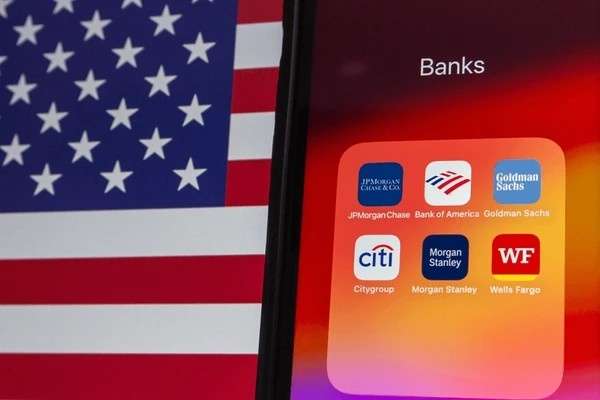In this article, I delve into the evolving landscape of digital branch banking across the United States, examining its impact, benefits, challenges, and the future outlook from a firsthand perspective.
Table of Contents
Understanding Digital Branch Banking
Digital branch banking represents a significant shift in how traditional banks interact with customers. It combines the convenience of digital services with the personalized touch of physical branches, aiming to enhance customer experience and operational efficiency.
The Rise of Digital Transformation in Banking
I have observed firsthand how banks in the USA are embracing digital transformation to meet evolving customer expectations. Digital branch banking integrates online platforms and mobile apps with physical branch services, offering a seamless banking experience.
Benefits of Digital Branch Banking
- Convenience: Customers can perform transactions and access services anytime, anywhere through digital channels, reducing the need for physical visits to branches.
- Personalization: Advanced analytics and customer data help banks personalize services, offering tailored financial solutions and recommendations.
- Efficiency: Automation of routine tasks and processes streamlines operations, allowing staff to focus on delivering enhanced customer service.
Challenges and Considerations
Digital Divide
While digital banking offers convenience, disparities in internet access and digital literacy may exclude certain demographics from fully benefiting from these services.
Security Concerns
As banking services move online, cybersecurity becomes paramount. Banks must invest in robust security measures to protect customer data and prevent fraud.
Regulatory Compliance
Navigating regulatory frameworks governing digital banking, such as data protection laws and financial regulations, poses challenges for banks aiming to innovate while ensuring compliance.
The Role of Physical Branches in a Digital Era
Despite the shift towards digital, physical branches remain essential for certain banking activities, such as complex transactions, financial consultations, and customer support.
Hybrid Approach
Many banks adopt a hybrid model, integrating digital and physical channels to cater to diverse customer preferences and needs effectively.
Customer Experience
Enhancing customer experience through seamless omnichannel interactions is crucial. Digital branch banking aims to provide consistent service quality across all touchpoints.
Future Trends and Innovations
Looking ahead, advancements in technology, such as AI-driven analytics and blockchain applications, promise to further transform digital banking, offering predictive insights and secure transactions.
Sustainable Banking Practices
As societal and environmental concerns grow, banks are increasingly focusing on sustainability initiatives and responsible banking practices.
Conclusion: Embracing Digital Branch Banking
Digital branch banking represents a pivotal evolution in the banking industry, offering convenience, efficiency, and enhanced customer experiences. By critically evaluating its benefits, challenges, and future trends, banks can navigate the digital landscape effectively while prioritizing customer-centric innovation.
This article provides a comprehensive exploration of digital branch banking in the USA, highlighting its transformative impact, challenges, and future prospects. Through a critical lens, I aim to provide insights that shed light on the evolving role of technology in shaping the future of banking services.





